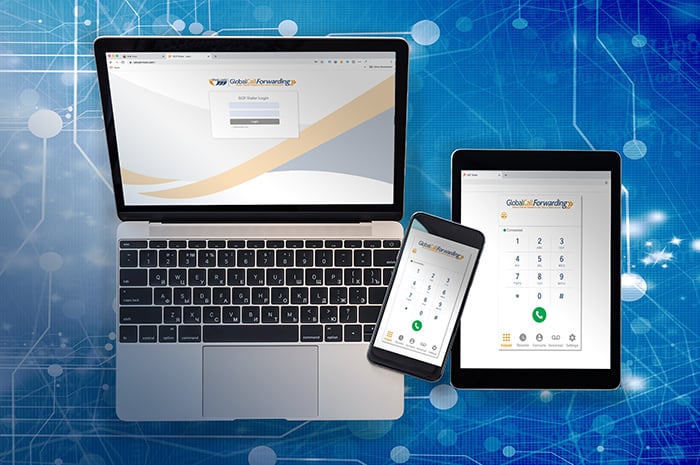Want to know how powerful Web Real-Time Communications (WebRTC) can be for an app or browser client? Here are 8 great applications built using WebRTC that are currently being used by millions around the globe.
WebRTC Applications: 8 Powerful Examples
First, what is WebRTC? Web Real-Time Communication is a communication framework that is open-source for web browsers and phones. It is a free project that gives websites real-time communications capabilities, making audio and video communication possible. WebRTC applications can be accessed through most web browsers like Chrome, Mozilla, Safari, Microsoft Edge, etc. Additionally, they can be accessed on Android, Samsung, and iOS devices.
Let’s look at 8 powerful applications built using WebRTC and how they work.
1. Google Hangouts, Google Meet, Google Duo
Since 2011, Google has been using Web Real-Time Communications and has developed multiple communication apps for personal and business use. These apps include: Google Hangouts, Google Meet, and Google Duo.
Google Hangouts was the first to offer voice and video calls as well as online messaging and SMS. Google Meet developed as an extension to Google Hangouts as a premium video conferencing tool. It supports more users as well as speech-to-text transcription. Google launched the video calling app, Duo, in 2016 for Android and iOS users. Its use of WebRTC has led to peer-to-peer connectivity and end-to-end encryption, making it secure and reliable.
2. Facebook Messenger
Facebook’s mobile app and web client (accessible through a web browser) are both powered by WebRTC. By using Web Real-Time Communications, Messenger has brought voice and video calls to its users, and more recently, allows for co-broadcasting via Facebook Live. Additionally, Facebook has also incorporated WebRTC in VR Chat for video calls in Oculus, Workplace by Facebook, and IG Live Video Chat.
3. WhatsApp
Started as a simple messaging service, WhatsApp has grown into a global messaging platform connecting users from around the globe quickly. WhatsApp’s Android and iOS apps heavily use WebRTC as well as utilize SIP calling for fast and reliable virtual communication.
Since its inception, users can now send voice notes as well as make voice and video calls over the internet. Additionally, more recently, WhatsApp became web-accessible through its web client. Users log into web browsers and use a QR code to access their messages through the browser.
4. Amazon Chime
Amazon, like the many apps and services it has offered over the years, also has a video conferencing tool called Chime. Chime is an internal video conferencing tool that uses Web Real-Time Communications in its services including Kinesis Video Streams, and Alexa’s smart home integration (cameras and doorbells). It seems that these applications have integrated WebRTC with existing communication technology such as VoIP and SIP systems.
5. Houseparty
Houseparty, the app of 2020, is a group video chat that became popular during Covid-19 lockdowns. The pandemic led to social distancing and a desperate desire for social interactions. As such, people started to look for online services that would help connect them with their loved ones. Enter: Houseparty. Using WebRTC, Houseparty provides real-time group communication and peer-to-peer video chat. Even though the rise of this company can be attributed to the pandemic, its services and popularity are here to stay.
6. GoToMeeting
GoToMeeting had used various VoIP technology and WebRTC functions in their web client video conferencing. Most of their customers and users have largely utilized the desktop client (non-WebRTC). However, growing popularity with the easy-to-use web client is drawing more users to use the browser tool.
7. Discord
Originally developed for the online gaming community, Discord combines Web Real-Time Communications and VoIP to bring voice calls and in-app messaging to its users. Discord’s engineering blog details how they have used WebRTC to serve more than two million users concurrently. They have over 87 million registered users and about 14 million active users daily.
8. Snapchat
A social media favorite, Snapchat is an app used by millions among the younger generation. Originally a platform for sharing ‘snaps’ of everyday life, the app now also boasts a video chat feature. This feature comes after Snapchat acquired AddLive, a WebRTC company that provided voice and video chat to the app.
What Can You Do with WebRTC?
As you can see, companies have used Web Real-Time Communication to develop stronger apps and browser clients. And as a result, they have made communication across boundaries quicker and more reliable. Your business can also improve its overall communication system and provide customers with better communication with these applications. To learn more, speak with our experts today!


